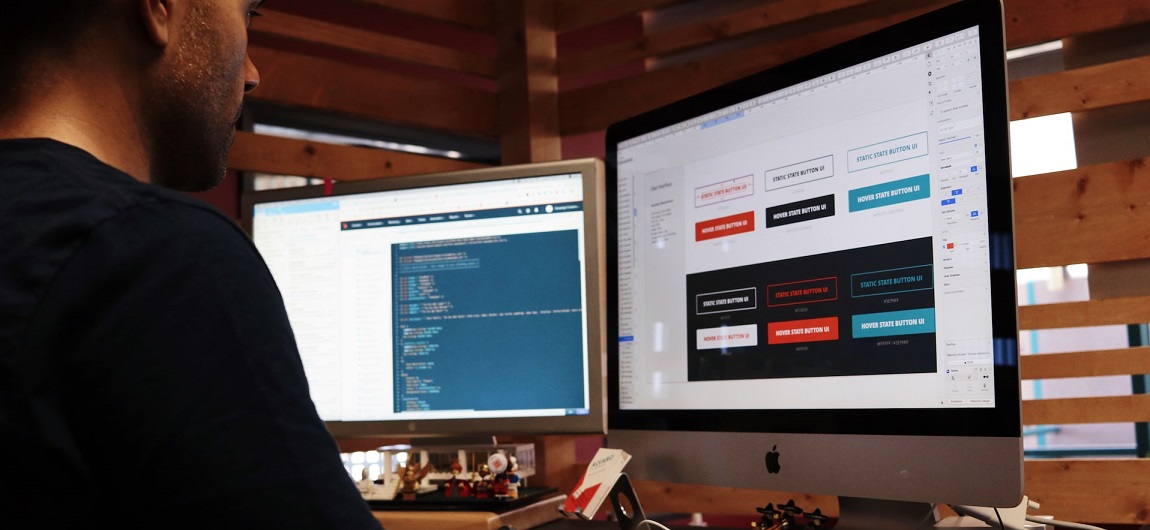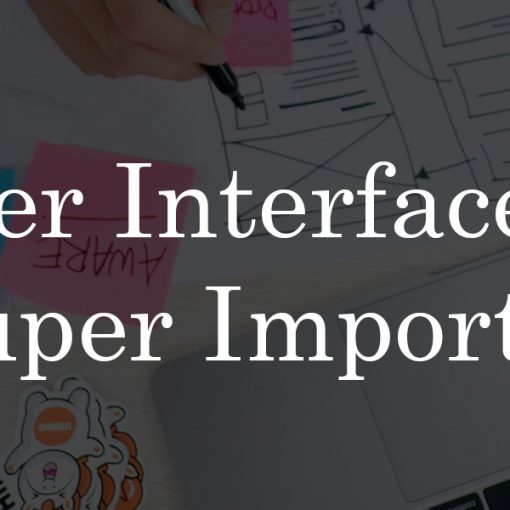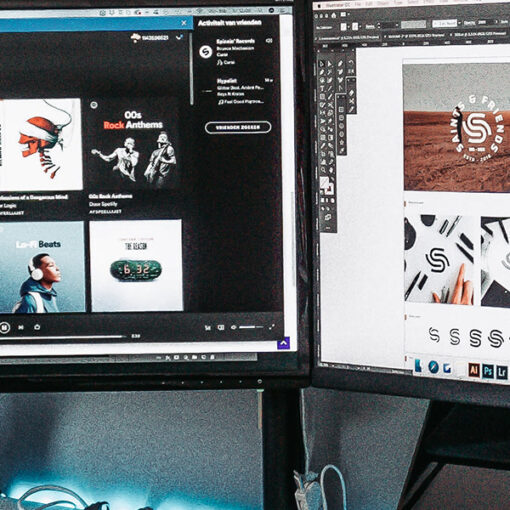The web market is steadily increasing. With dozens of websites being added as you read this article, it’s becoming harder and harder to stand out among the masses. Fortunately, understanding what it takes to design a visually pleasing website is not that hard.
Granted, an impressive web design is, to a large extent, a combination of both function and form. Anyone can turn a website’s home page into something attractive. But it should also be easy to navigate and perform well for various visitors. Good websites are engaging, functional, and useful.
By following some simple pointers, you can create a website that is visually pleasing and inspires viewers to become loyal brand advocates.
Keep your design balanced
The importance of web design’s balance can often be overlooked in any website. A balanced web design gives us a sense of stability and is aesthetically pleasing without us knowing. Just like in the real world, if something is off-balance, it will fall over.
In the same way, when our website’s elements are disorganized, viewers may not see nor spend time in those areas.
A balanced website ensures that your design does not tip to one side. It is a combination of distributing the visual weight of objects, color, and texture on your page. When these are well organized, it will create a balanced composition that will give a sense of trust and reliability.
Design with your audience in mind
A good web design is more than just aesthetics. So, don’t go overboard with animated page transitions. It has to appeal to and engage the users as well. After all, your website design will directly speak to potential customers. To better understand your target audience, you will need to gather all the information you need to understand your client base better.
This includes things like age, place of residence, and other intricate details. Only through this understanding can you find what a user-centered design looks like and therefore increase sales.
Once you know what your audience craves, you can better tailor your website to feature what your target audience will want.
Pick two or three base colors
Color selection can make a huge difference to your company’s bottom line. While a web design for a restaurant would do well with earthy tones: reds and browns, You can’t say the same for a professional website aiming to sell electronics. So, while it’s important to pick nice colors, it’s even more to choose the right colors that truly represent your brand image. You can find out for yourself what works together.
For starters, pick two or three base colors at most for your design, and then use tints and shades of these colors to expand the palette when necessary. Since colors can trigger certain feelings on sight, it’s up to you to get the message right.
Add graphics that go well together
Graphics can play an important role in web design! From enhancing the appearance of a website, adding visual interest to even making the information easier to understand—great graphics are key.
It is not only the creative spirit of your site but is critical to the overall branding strategy of your business. You don’t even need fancy graphics. But poor pictures will hurt a design. It would help if you aimed to make the graphics go well together as they add to the visual image. They must embody the style you’re aiming for your website.
Improve website typography
The art of type plays a vital role in design. From establishing a clear connection between the website and user to helping users accomplish their goals—Typography is essential for effective communication. Not only does it make reading effortless, but it can increase the user interface.
While it can be regarded as a branch of design, one can spend a lifetime mastering all its elements. There are some simple rules to master typography so your web design can stand out.
Make sure to keep the number of fonts used at a minimum. Try using standard fonts and limiting line length. All in all, making typography readable, understandable, and legible is essential. It should honor the content in a way that never adds to a user’s cognitive load but instead increase their screen time.
Make it accessible for everyone
A great web design should be easily accessible to everyone. When you create your website for your business, your top goal is to reach as many people as possible. To help achieve this goal, it is important to ensure that your web design is easily accessible to everyone, regardless of their abilities.
Everyone should be able to have access to your website anytime. This not only gives you a competitive edge, but it will help expand your reach.
To make your website accessible, you can try improving your headings. This way, it’s easier for people to navigate your content. Including proper Alt text for images is equally effective. This ensures readers can understand the message conveyed by using images on the page.
Have an eye for detail
Users are pretty quick to form impressions—while content is king, the details can make or break your website. This is where attention to detail takes a significant role in web design.
A well-designed website can only go so far as to attract and retain customers on your site. Just look at real estate photographers, for example. It’s mostly the little things that they will interact with on your site that will most certainly affect their experience. So paying attention to those details is key. This ensures that you consider users’ expectations and ensure they have a great experience while using your site.
You can develop your eye for design by studying design principles, looking for inspiration outside of your niche, or even doing something as simple as paying attention to the details.
Conclusion
Great web design is not limited to the tips discussed here. Aspects such as time, patience, and talent play a role too.
With the right tools, however, you can be on your way to creating a great web design that is not only attractive but helps you stand out.




